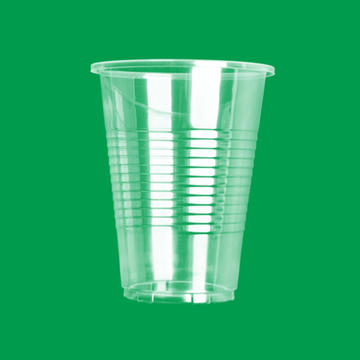As the food industry continues to evolve and consumers place more emphasis on convenience and health, frozen foods have become an integral part of daily diets. Microwaves, being one of the most commonly used kitchen appliances, are popular for their quick heating capabilities. To meet the demand for frozen food heating, an increasing number of disposable containers, particularly Disposable Euro Microwaveable Containers, have entered the market. This article explores whether these containers are suitable for heating frozen foods from a professional perspective.
Material Properties of Disposable Euro Microwaveable Containers
Disposable Euro microwaveable containers are typically made from heat- and cold-resistant plastics, such as polypropylene (PP) or polyethylene terephthalate (PET). These materials are specially treated to provide high thermal stability, allowing them to maintain their structure during microwave heating. Among these, polypropylene (PP) is particularly popular for microwaveable containers as it can withstand temperatures up to 120°C and also performs well in low-temperature conditions.
For frozen food heating, the cold resistance of the container is a critical factor. Most disposable Euro microwaveable containers are capable of withstanding temperatures as low as -20°C to -40°C, making them ideal for storing frozen foods without cracking or deforming. Therefore, when frozen food is taken directly from the freezer and placed in the microwave for heating, the container maintains its integrity and does not crack or release harmful substances due to the temperature shock.
Cold-Resistance and Heating Performance of Frozen Foods
The cold-resistance of disposable Euro microwaveable containers is a crucial aspect when it comes to heating frozen foods. Frozen foods go through a significant temperature transition when heated, from a low freezing temperature to a higher cooking temperature. If the container does not possess sufficient low-temperature resistance, it may crack or deform during this process, compromising both the safety of the food and the container’s functionality.
Disposable Euro microwaveable containers are specifically designed with materials that are resistant to low temperatures, allowing them to handle the drastic temperature changes that occur during frozen food heating. Consumers can confidently use these containers to heat frozen foods in the microwave without worrying about the container breaking or releasing harmful chemicals under temperature stress.
Heating Consistency in Microwaves
One of the key factors in microwave heating is the evenness of heat distribution. During the heating process, the internal temperature of frozen food may vary significantly from the surface temperature, which could result in uneven heating. Disposable Euro microwaveable containers are generally designed with features that optimize microwave absorption and heat conduction, improving heating consistency to some extent.
However, it is important to note that despite the design enhancements, factors such as the shape and thickness of the container, as well as the state of the frozen food, can affect the final heating outcome. In practice, consumers can further improve heating consistency by adjusting heating time, microwave power, and occasionally stirring the food.
Sealability and Leak Prevention
Frozen foods are typically high in moisture content, and during the heating process, steam expansion can cause leakage if the container is not adequately sealed. To address this, disposable Euro microwaveable containers are often equipped with a secure sealing mechanism that prevents leakage or spillage of food during heating.
This sealing feature not only prevents the food from leaking but also helps retain its flavor and nutritional value, making the heating process more effective and hygienic. Therefore, consumers can heat frozen foods in these containers with confidence, knowing that the food will remain contained and the nutrients will be preserved.
Environmental Impact and Recyclability
As awareness of environmental issues grows, consumers are increasingly concerned about the environmental impact of disposable products. Many disposable Euro microwaveable containers are made from recyclable materials, which means they can be processed through designated recycling channels after use, reducing their environmental footprint.
Environmental sustainability is particularly relevant for frozen food heating, as many consumers seek products that offer convenience without compromising the environment. With innovations in eco-friendly materials, more and more disposable containers are designed to meet both the functional needs of frozen food heating and the demands for sustainability.
Application Range and Consumer Demand
The design of disposable Euro microwaveable containers is tailored to meet the needs of various consumers, especially in the context of frozen food heating. Whether in home kitchens, foodservice industries, or fast food chains, these containers provide an efficient and convenient solution for reheating frozen meals. The capacity, shape, and sealing design of these containers can accommodate a wide variety of frozen foods, including frozen vegetables, meats, and ready-to-eat meals.
As the market for frozen foods continues to grow, disposable microwaveable containers are continuously evolving to meet the rising consumer demands for quick, safe, and convenient heating. These containers ensure that frozen foods can be quickly and safely reheated without compromising the taste, texture, or nutritional value.

 English
English 中文简体
中文简体



















